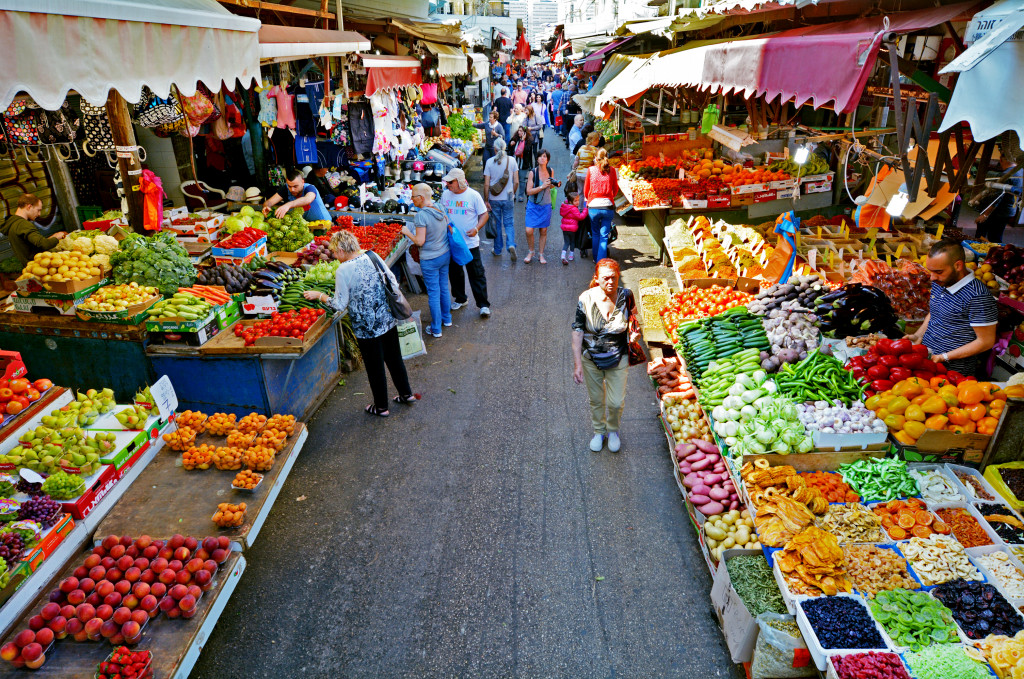Are you looking to bring a farmers’ market to your town? There are many things to consider when organizing a farmers’ market, from finding the right location to recruiting vendors. This article will review key considerations for creating a thriving farmers’ market. Read on for more tips and information.
Location – the market should be centrally located and easily accessible
When choosing the best place to open a market, it’s essential to look at factors such as location, accessibility, and attractive features. On the surface level, ensuring that the market is centrally located within its community is critically important.
This makes it easy for customers to find and helps increase visibility. It should also be relatively accessible; while parking might be limited in certain areas, there should still be plenty of sidewalks or bike lanes nearby so customers can walk or bike easily.
An ideal spot would also have other attractive features—monuments or tourist attractions that draw more people to the area. Not only does this make the experience more enjoyable for customers, but it also increases foot traffic and boosts sales.
Marketing – promote the market through social media, flyers, and word-of-mouth.
The more people that come to your market, the better – and there are several ways to promote it. Social media is a great place to start, as platforms such as Instagram, Facebook, and Twitter make it easy to reach a broad audience.
Be sure to post regularly about new products or vendors, special offers or discounts, and exciting events at the market. Flyer distribution can also be a good marketing strategy; put flyers in relevant stores in the local area or hang them up on community boards.
Furthermore, word-of-mouth is an effective way of sharing information about your business. Encourage customers to inform their friends and family about the market by offering incentives such as loyalty discounts.
Don’t forget to put up visible signage and banners around the market to make it easier for people to find. You may DIY these and use large branding stencils and spray paint to create a colorful and eye-catching display.
Vendors – ensure a good mix of vendors, including produce, meat, dairy, and prepared food.

Choosing the right vendors for your market is essential for providing customers with a variety of goods and helping to ensure the market’s success.
When selecting vendors, it’s necessary to have a good mix, from fresh produce and meat to dairy products and prepared foods. A balanced selection will bring in more customers, who can buy whatever they need for their weekly meals in one convenient location.
For example, sauces and marinades are always popular items at farmers’ markets, so having a selection of ready-made options would be an excellent addition to any vendor list. As long as there is something for everyone, you can guarantee that your market will be off to a good start.
You should never exclude freshly picked fruits and vegetables; these provide essential vitamins and minerals that are otherwise difficult or impossible to obtain without looking for them.
With all these elements combined, your vendors will create an unbeatable experience that shoppers won’t be able to find anywhere else. You’ll even boost local businesses by giving them a much-needed platform – thus increasing profits while keeping the community thriving.
Finally, ensure everyone knows what’s available; a complete list presented ahead of time can allow people to plan their shopping trips accordingly – maximizing convenience at every turn.
Safety – ensure that the market is safe for vendors and customers by having adequate lighting and security.
Markets are a valuable part of any city or town, providing an essential platform for vendors to trade in their homegrown produce and handmade goods.
Ensuring they are safe for the vendors and customers is of utmost importance. Adequate lighting is one critical step toward a secure market experience. Illuminated walkways provide safety and security to shoppers, instilling confidence in their decisions.
Additionally, strategically placed lighting can help to make anti-social behavior more noticeable to surrounding shoppers and minimize occurrences during busy hours.
Furthermore, good lighting reinforces a sense of community between vendors and ensures customers have the best shopping experience. Having visible security personnel on-site helps create an environment free from criminal activity.
Security personnel should be aware of potential risks so that they can take quick action if anything occurs in or around the market area – this will help keep traders and shoppers alike safe throughout their visit.
Working with local councils and law enforcement agencies also helps ensure adequate protection from crime and criminal mischief at the market site.
Operations – run the market smoothly by having a clear plan for set-up, takedown, and garbage disposal.
When it comes to hosting a market, operations are critical. It’s not enough to have vendors show up; there needs to be a set-up, takedown, and garbage disposal plan for the event to run smoothly.
Before the market, designate areas where you can set up booths and tents. Ensure all equipment is clearly labeled and organized in an easily accessible location.
On the event day, assign volunteers to assist vendors with set-up, provide direction to attendees, and do general clean-up duties such as collecting garbage and returning rental items to storage.
Ensure vendors know when they need to strike their booths and that each has performed a final sweep of their area before leaving. Additionally, having designated areas for waste collection will encourage attendees to discard trash properly instead of leaving it behind when they leave.
Farmers’ markets are a great way to get fresh, local produce, support vendors in your community, and create a gathering space for people to enjoy. With thoughtful consideration of each of the abovementioned areas, you can set your market up for success!




